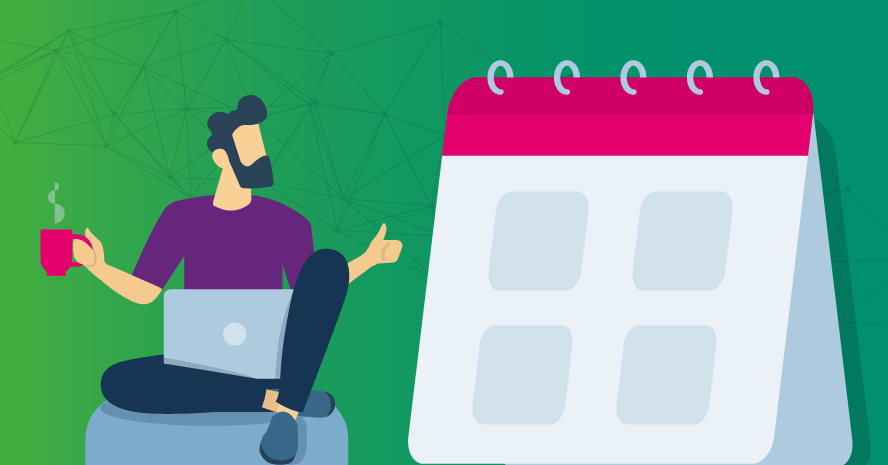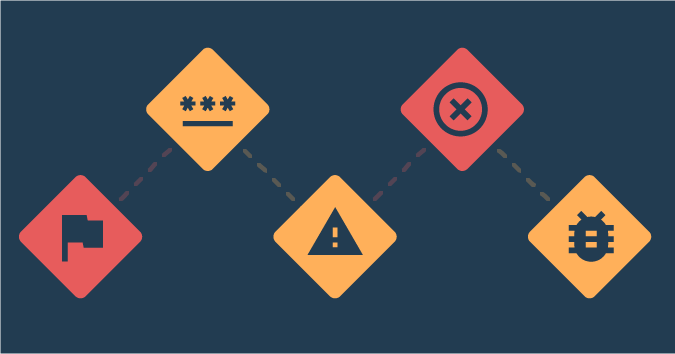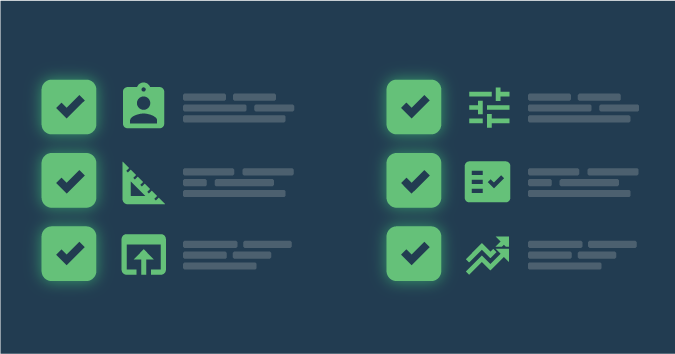This is a guest post by Nishi Grover Garg.
Work life can be equally as stressful as personal life, if not more. This especially true when your home becomes your workplace. The boundaries between professional and personal life are blurred and it’s easy to forget to take care of yourself. Tech professionals need to tackle their daily stresses in order to be happy, healthy and more productive.
Practicing self-care goes a long way toward helping battle those stressors and can have great benefits for your mental and physical health. Don’t feel guilty about taking time to care for yourself. It’s not selfish to make your health a priority. And it’s not just for you, either: You will be better able to help others when you are your healthiest.
You cannot control everything life throws your way, but you can control how well you take care of yourself. Here are four ideas to practice self-care when working from home to increase happiness and bring back balance to your life.
Simplify Your Schedule
Although you may be frequently tempted to, it is best not to overpack your day with too many discussions or online meetings. Spending too much time talking about work rarely leaves you with the time or energy to get any actual work done during the day, leading you to burn the midnight oil.
Set a limit to spend a maximum of two hours in meetings per day. Keep your calendar open for others to see and let them know they can schedule time with you only up to that limit and within the hours you are most comfortable with. This will give you a simpler schedule and not take away your most productive hours with meetings.
Similarly, create a simple schedule for your personal tasks, chores, and things to do around the house each day and set some time aside to get them done. You will feel so much better doing things and checking things off your list, instantly adding a boost in your productivity.
Avoid Stress Triggers
Although it is easier said than done, you must make special efforts to avoid any known triggers or stress-inducing things at work, as well as while working from home. Some situations, people or types of interaction may leave you zapped of energy and feeling bogged down. If you look for these situations and learn to recognize them, you can then make an effort to avoid those scenarios, saving your energy and giving you better mental health.
Let’s say a team is used to having a daily update meeting at the end of the day, but one person may not be comfortable with being on a video call for some reason. They can be vocal about it and say they would like to join via audio on most days except when absolutely necessary. It may not change much for others, but it will serve that person for the benefit of their mental health and comfort.
Similarly, if a one-to-one interaction with a certain person always leaves you agitated or disturbed in some way, step up and request someone from your team or your manager to overlook that interaction. Better still, see if you can have the interaction over email or chat instead of a call.
Take Breaks
It is easy to get caught up with the tide of work and be on the go all day. Especially when you work from home, you might lose the sense of time and a limit to your workday. But it is equally important to take regular breaks.
It is important to make time to stop staring at your computer, get up and walk a bit, have water regularly and chat with a friend. You can also do some light leg and neck stretches at your desk every day. Make small routines like having a healthy lunch, taking a 15-minute walk after lunch, setting regular reminders monitoring your water intake, or reading one article every day on your favorite tech website.
Whatever your choice, these small routines mean a lot in the long run and can make you feel better about your day. They also contribute to your overall health and well-being, which can even make you more productive at work.
Learn to Say No
How often has it happened that you were in the zone with your work, got interrupted by someone for a short chat, and when you went back to your work you had totally lost your train of thought? You end up spending hours trying to think of the same idea or to get back into the same flow, leaving you frustrated.
It is important to learn to say no. Even though we think it sounds rude, it is required to help us work better. When you’re on a roll or working on something important, set up a “do not disturb” sign on your chat window or on your desk. If someone approaches for a discussion, politely ask them to schedule time with you on your calendar based on your availability or give them a better time for the talk.
This also applies when you know you are being burdened with a task that you cannot achieve in the set time. Instead of taking it up and setting yourself up for failure, be vocal and say no to unrealistic expectations.
This may come as a surprise at first, but people will respect you in the long run for saying no when you need to. It will also save you a lot of brain cells and give a boost to your productivity by being able to work uninterrupted at your best times.
With the current stage our world is at, you must give yourself permission to take a stress break when external events become overwhelming. Take a walk, do some light exercises or stretches, have a good meal and then jump back into work mode with a rejuvenated mind.
Hopefully, these pointers help you in setting up the best work environment for yourself. Among all the challenges and stresses of your daily work life, it’s important to keep on top of your mental health with self-care!
Nishi is a corporate trainer, an agile enthusiast and a tester at heart! With 11+ years of industry experience, she currently works with Sahi Pro as an Evangelist and Trainings Head. She is passionate about training, organizing testing community events and meetups, and has been a speaker at numerous testing events and conferences. Check out her blog where she writes about the latest topics in Agile and Testing domains.





